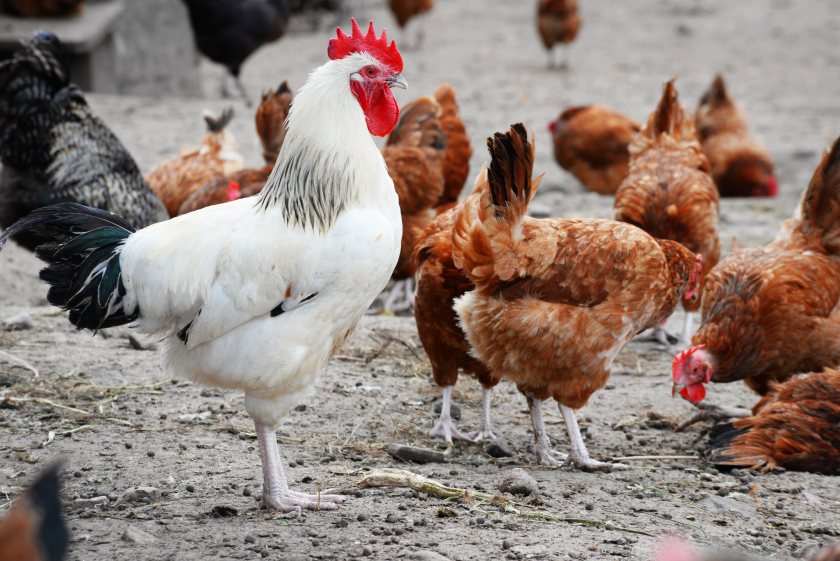
The government has lowered the risk of avian influenza to kept poultry from 'high' to 'medium' as the frequency of new cases of the disease begins to slow.
The risk of poultry exposure to highly pathogenic avian influenza in Britain is now classed as medium, meaning 'events occur regularly'.
Defra has kept the risk level as 'low' for poultry where good biosecurity is applied.
The latest case detected was on 20 March, when low pathogenic avian influenza (LPAI) H7N3 was confirmed in Dumfries and Galloway.
However, the government's risk level for wild birds remains as 'high', meaning a new case 'occurs very often'.
Since late 2021, the UK and Europe has been experiencing one of the worst avian influenza outbreaks on record, with tens of millions of poultry culled.
There is currently a mandatory poultry housing order in place in across Britain.
All poultry keepers may soon have to officially register their birds as part of efforts to tackle the outbreak.
The chief veterinary officers of England, Scotland and Wales said the proposal would enable authorities to have a 'full picture' of the number and location of kept birds.
In a joint statement, they said the proposal, which is part of a 12-week consultation, would make it easier to track and manage the spread of avian influenza.
They added: “This information will also help inform future risk assessments and maintain our commitment to continually building our extensive avian influenza research portfolio.”
